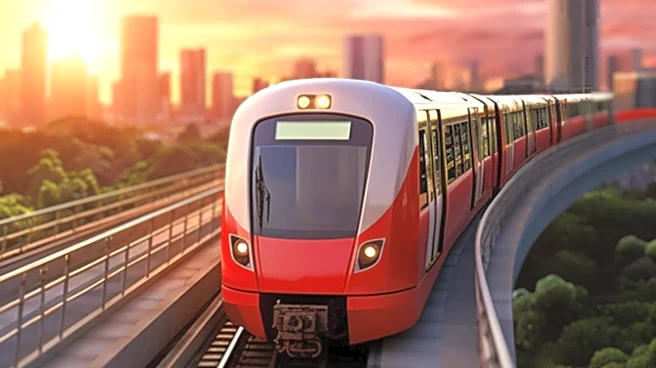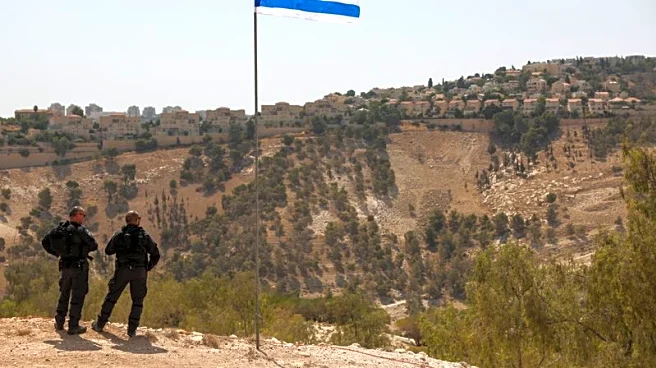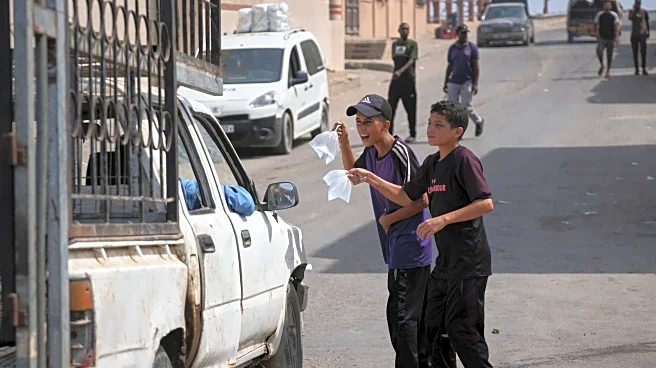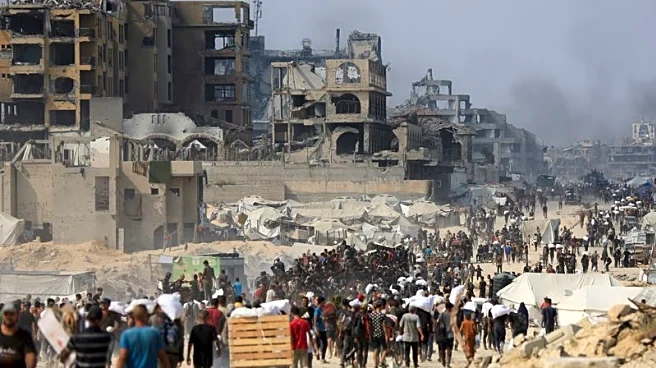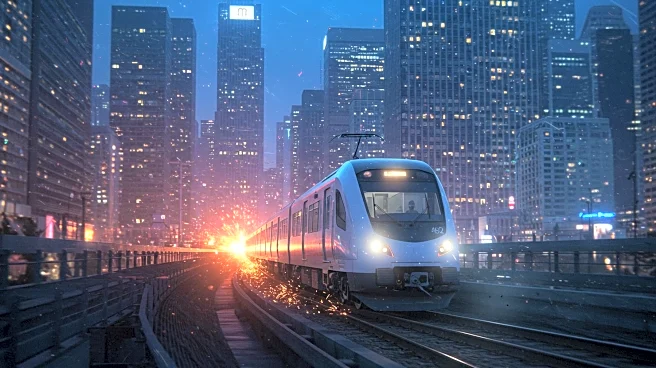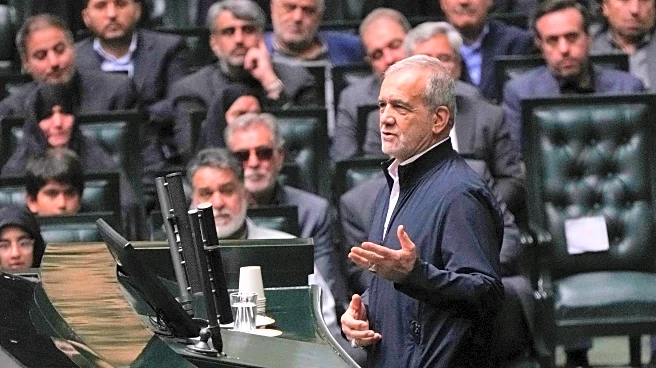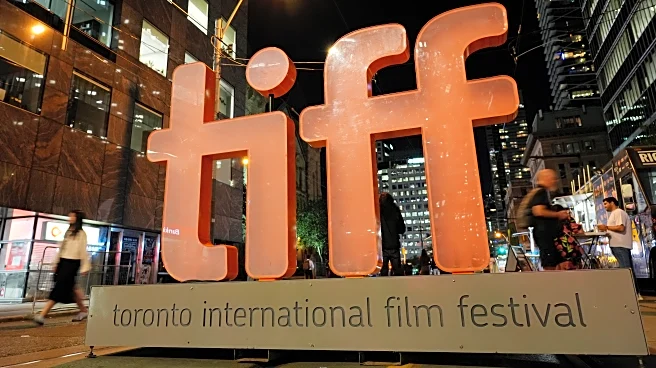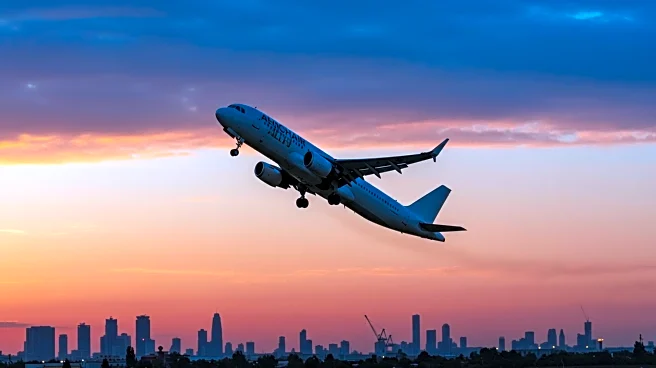What's Happening?
The temporary shutdown of the Jerusalem light rail system has led to significant disruptions for commuters in the city. The closure has forced residents to rely on overcrowded buses and other forms of transportation, exacerbating the challenges posed by the ongoing summer heatwave. The situation has resulted in increased frustration among commuters, with incidents such as drivers engaging in heated exchanges becoming more common. The shutdown has highlighted the difficulties faced by olim, or new immigrants, in navigating the public transport system in Israel.
Why It's Important?
The disruption of the Jerusalem light rail system underscores the critical role of public transportation in urban areas, particularly for new immigrants who may already be struggling to adapt to their new environment. The chaos caused by the shutdown can have broader implications for the city's economy and daily life, as residents face delays and increased stress. The situation also raises questions about infrastructure resilience and the need for reliable transportation options in the face of unexpected challenges, such as extreme weather conditions.
What's Next?
As the city grapples with the transportation crisis, authorities may need to explore alternative solutions to alleviate the pressure on the public transport system. This could include increasing the frequency of bus services or implementing temporary measures to improve traffic flow. Additionally, there may be calls for a review of the city's transportation infrastructure to prevent similar disruptions in the future. Stakeholders, including government officials and community leaders, will likely engage in discussions to address the immediate and long-term needs of commuters.
Beyond the Headlines
The shutdown of the light rail system in Jerusalem may prompt broader discussions about the integration of olim into Israeli society. The challenges faced by new immigrants in navigating public transport highlight the need for supportive measures to ease their transition. This situation also reflects the cultural and social dynamics of urban life in Israel, where public transport serves as a microcosm of the diverse and often complex interactions among residents.
